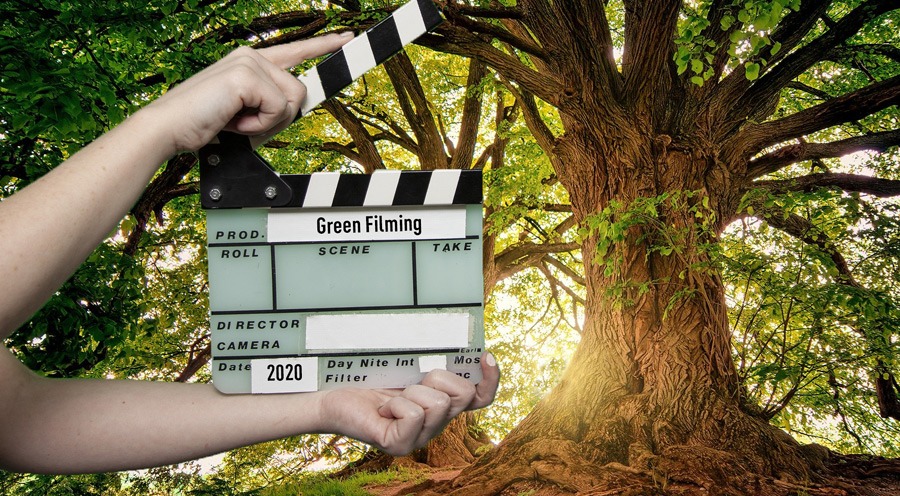Introduction
Virtual Reality (VR) and Augmented Reality (AR) filming are revolutionizing the industry. These technologies offer filmmakers new tools and creative possibilities. This article explores the impact of VR and AR, highlighting innovations and techniques transforming cinema.
VR and AR in Filmmaking
Transforming the Filmmaking Landscape
Virtual Reality and Augmented Reality filming are reshaping how films are made and experienced. These technologies enable immersive storytelling and interactive experiences.
- Example: Films like “Ready Player One” showcase VR’s potential to create immersive worlds. (Forbes)
- Example: “The Lion King” (2019) used VR to pre-visualize complex scenes and enhance production efficiency. (The Verge)
Innovations in Virtual Reality for Film Production
VR as a Creative Tool
VR allows filmmakers to create and explore virtual environments. It facilitates detailed pre-visualization and design, helping directors and crew to visualize scenes before filming.
- Example: The HBO series “Westworld” used VR for set design and scene planning. (Variety)
Enhanced Pre-Visualization
Pre-visualization (previs) in VR enables filmmakers to experiment with camera angles and movements in a virtual space. This approach enhances planning and reduces costly revisions during shooting.
- Example: “The Mandalorian” used VR technology for real-time set visualization and interactive environments. (The Hollywood Reporter)

Interactive Storytelling
VR creates immersive experiences that allow audiences to interact with the film’s environment. This interactivity adds a new layer of engagement and storytelling.
- Example: “The Invisible Man” utilized VR for immersive promotional content, enhancing audience connection to the film. (Collider)
Augmented Reality Techniques in Cinema
AR for Enhanced Visual Effects
Augmented Reality enhances visual effects by overlaying digital elements onto the physical world. This technique provides dynamic and realistic effects that integrate seamlessly with live-action footage.
- Example: “Pokemon Go” is a prime example of AR bringing virtual characters into the real world, influencing how AR is used in film. (The Guardian)
AR in Post-Production
AR tools assist in post-production by providing real-time overlays and effects. Editors can visualize and manipulate digital elements in the context of the live footage.
- Example: “Avengers: Endgame” utilized AR in post-production to integrate complex visual effects and digital characters into live-action scenes. (Screen Rant)
AR for Audience Engagement
AR apps enhance audience engagement by offering interactive experiences related to the film. This approach can create buzz and provide fans with additional content.
- Example: “The Walking Dead” used AR apps to engage viewers with additional content and immersive experiences related to the show. (TechCrunch)

Challenges and Future Directions
Technical Limitations
Despite advancements, VR and AR face technical limitations, such as high production costs and the need for specialized equipment. Overcoming these challenges is crucial for broader adoption.
- Example: High production costs for VR content can be a barrier to entry for smaller studios. (TechRadar)
Integration into Traditional Workflows
Integrating VR and AR into traditional film workflows can be challenging. Filmmakers must adapt to new tools and techniques while maintaining efficiency and quality.
- Example: Adapting existing workflows to incorporate VR and AR technologies requires training and investment. (Film Daily)
Future Trends
The future of VR and AR in film production includes increased realism, improved accessibility, and greater interactivity. These advancements will continue to evolve and impact the industry.
- Example: Emerging trends in VR and AR promise more immersive and interactive film experiences, pushing the boundaries of storytelling. (Wired)
Conclusion
Virtual Reality and Augmented Reality in film production are transforming how movies are made and experienced. These technologies offer innovative tools for storytelling, design, and audience engagement. As VR and AR continue to evolve, they will shape the future of filmmaking in exciting new ways.
References
- Forbes. (2018). How Ready Player One Explores the Future of VR.
- Role Of Artificial Intelligence In Film Production
- The Verge. (2019). The Lion King’s Use of VR for Pre-Visualization.
- Variety. (2018). Westworld Uses VR for Set Design.
- The Hollywood Reporter. (2019). How The Mandalorian Revolutionized VFX.
- Collider. (2020). The Invisible Man VR Experience.
- The Guardian. (2016). Pokemon Go and AR.
- Screen Rant. (2019). Avengers: Endgame Visual Effects Breakdown.
- TechCrunch. (2018). The Walking Dead AR.
- TechRadar. (2020). The Cost of VR Production.
- Film Daily. (2021). VR and AR in Production.
- Wired. (2021). The Future of VR in Entertainment.
This article provides a thorough examination of VR and AR in film production, highlighting innovations and practical applications.
